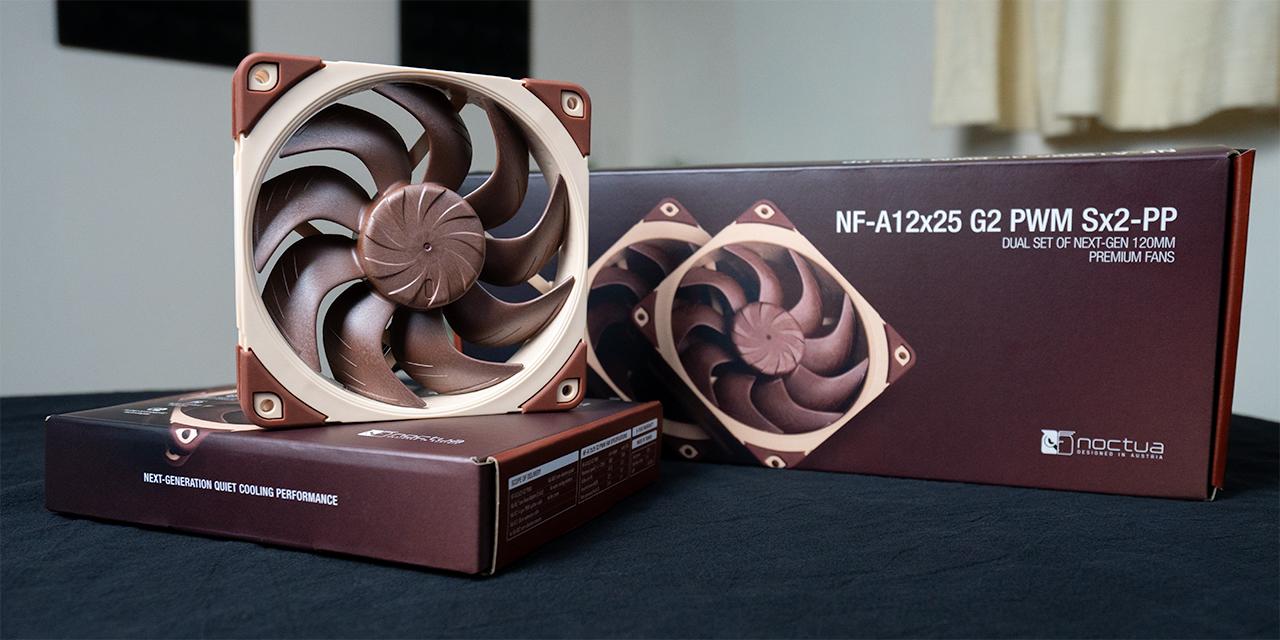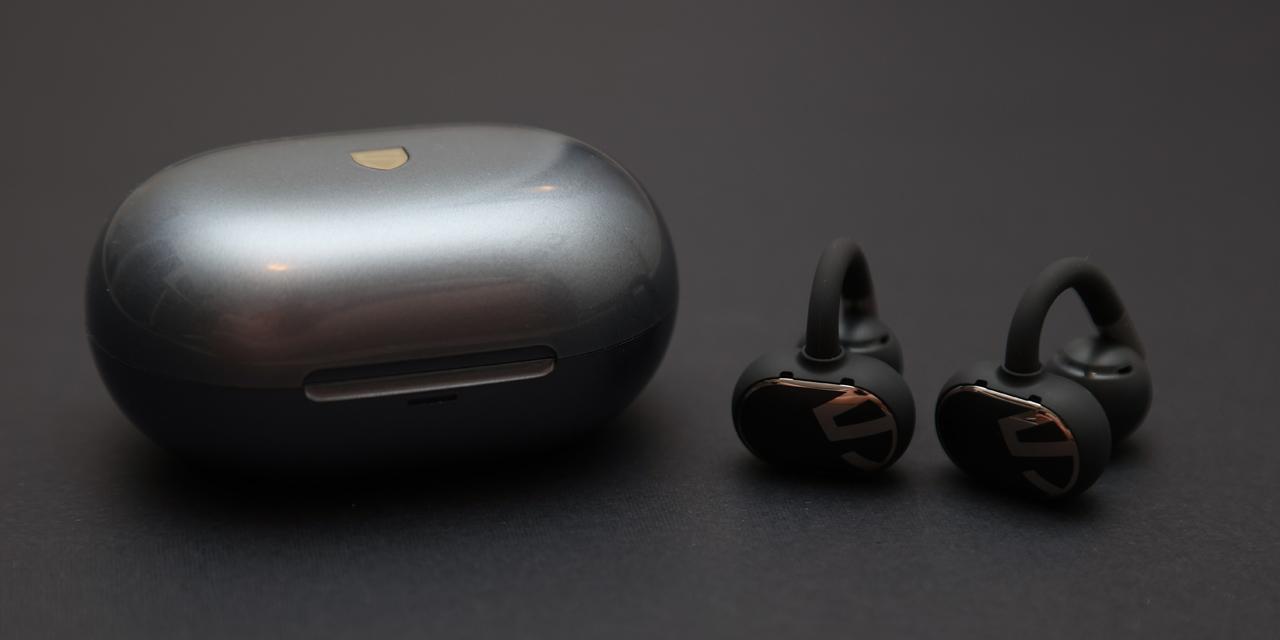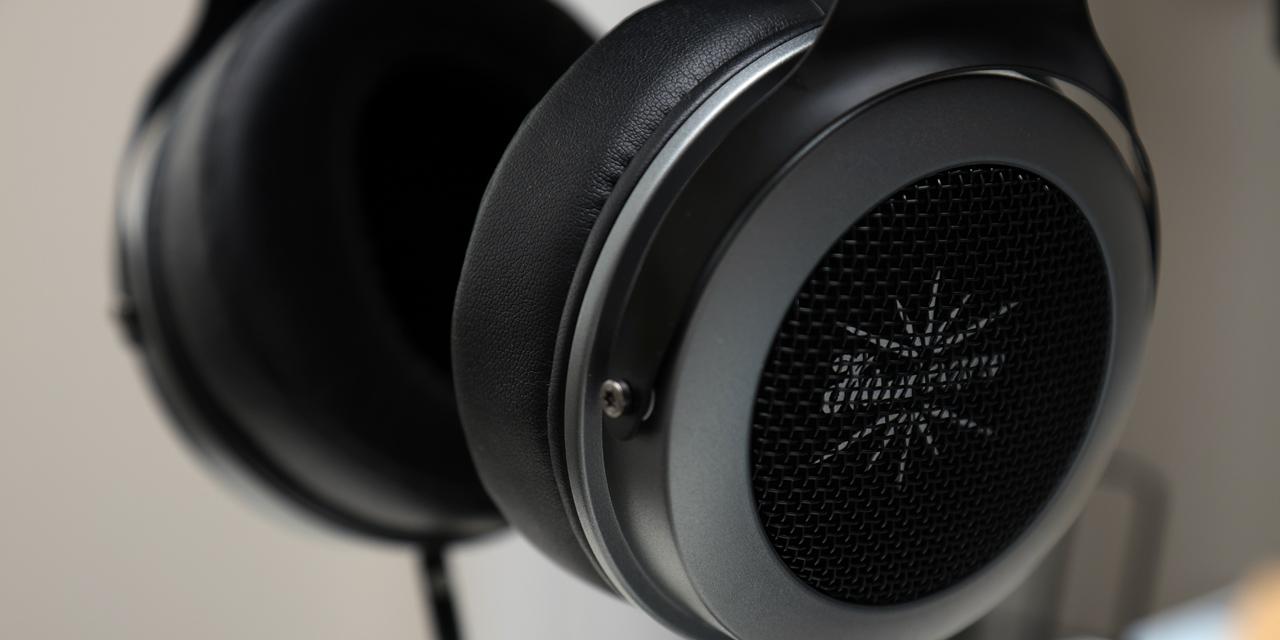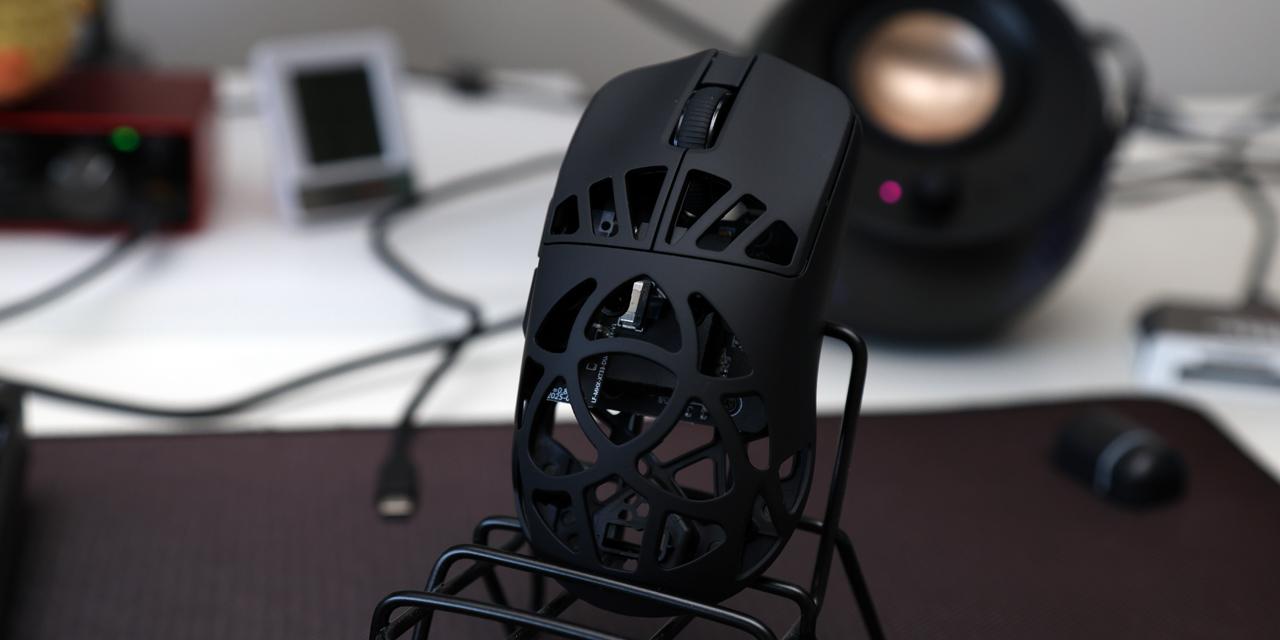|
From X-bit Labs: Microsoft Corp. said on Tuesday it had hit an important milestone for Windows 8.1 operating system. The company has started releasing Windows 8.1 and Windows RT 8.1 to its hardware partners. Microsoft partners are finalizing work on their Windows 8.1-based products, which will be available starting from October 18, 2013. Microsoft expects the family of devices to include tablets, lightweight notebooks, versatile 2-in-1s and other. “In many ways, this marks a new day at Microsoft, reflecting a number of rapid release firsts. Thanks, in part, to customer feedback and an unparalleled level of collaboration across product teams, Windows 8.1 is a significant update. We have delivered in a very short time an update to the OS that will bring an even greater unified experience for our customers. As we consider the code we just handed off, and the new intuitive and fluid computing experience it provides - anytime, anywhere, across all devices – we are confident we made the right bet in continuing our vision and following through on our commitment to rapid innovation and responsive engineering,” said Antoine Leblond, a spokesman for Microsoft in a statement. Starting at 12:00am on October 18th in New Zealand (that is 4:00am October 17th in Redmond, Washington), Windows 8.1 will begin rolling out worldwide as a free update for consumers on Windows 8 through the Windows Store. Windows 8.1 will also be available at retail and on new devices starting on October 18th by market. So mark your calendars! Windows 8.1 brings many improvements in areas like personalization, Internet Explorer 11, search which is powered by Bing, built-in apps including a few new ones, an improved Windows Store experience, and cloud connectivity with SkyDrive and much more. Among other things, Windows 8.1 returns Start button to the bottom left corner of the desktop. What is important is that when clicked onto, the Start button trigger the new Start screen when clicked, and not the legacy Start menu. Once the button is clicked, it will remain displayed on the desktop going forward; those, who use hardware Start button on keyboards, will get Windows 8 Start screen. View: Article @ Source Site |
 |
Microsoft Starts to Release Windows 8.1 to Hardware Partners
© Since 2005 APH Networks Inc. All trademarks mentioned are the property of their respective owners.





